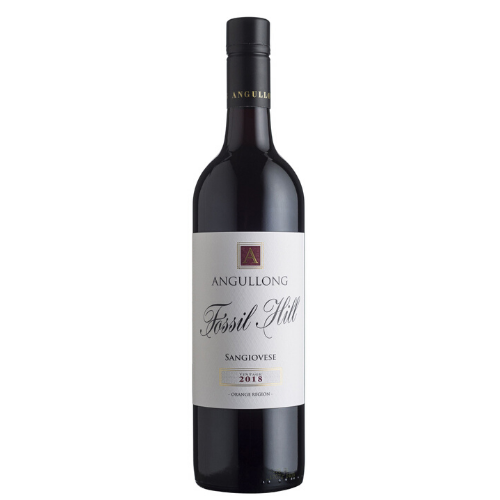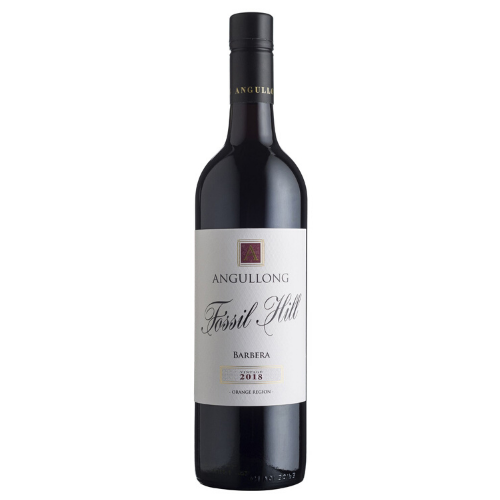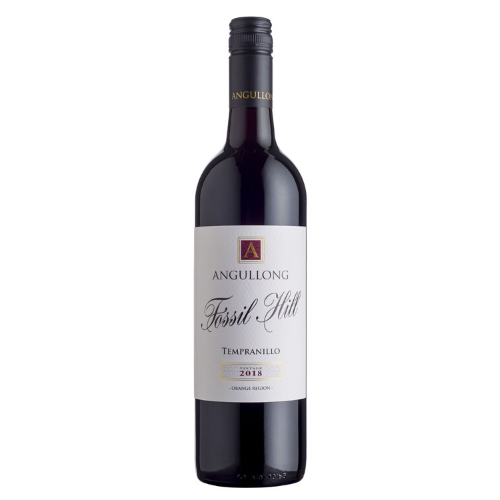While many established winemakers stick with what they know, there’s a growing number of Australian wineries experimenting with European wine varietals.
In the cool-climate wine region of Orange in New South Wales, Angullong Vineyard is busy pruning, watering and tending to their eclectic collection of grape varieties. This family-run business is overseen by General Manager Ben Crossing. And since turning their farm into a vineyard 20 years ago, they’ve been more than happy to create the alternative wine varieties.
“There are plenty of alternative varieties to explore,” said Ben Crossing. “Some varieties such as Pinot Gris/Pinot Grigio was known as an alternative variety in Australia until recently, where it has progressed to being a ‘mainstream’ variety.”
It’s quite possible that these grape varietals grew into popularity following the rise of Pinot Noir in the 1970s. But even Ben knows that to create demand you must first have a supply.
“More Australian wineries are producing wines from a diverse range of alternative varieties that originate from many different wine-growing countries,” he said. “Customers are becoming more interested in exploring alternative varieties that are available.
“In white wines, there are some great varieties such as Vermentino to look out for. We are also making some other exciting alternative reds from Sagrantino and Montepulciano.”
But out of all the dozens of up-and-coming varieties, here are the three red wines we think that you should watch out for:
The Trending Trinity
Since 2000, Angullong Vineyard has planted 18 different varieties, with half of them falling into the ‘alternative wine’ category. And three of their latest varieties are Sangiovese, Barbera and Tempranillo.
“The flavour profiles will vary according to where the grapes are grown,” said Ben. “In Orange, we are a [high altitude] cool climate region so the wines tend to be medium-bodied as compared to the wines grown in the warmer regions of Australia.”
Sangiovese
Pronounced ‘san-jee-oh-vey-see‘, with a Latin origin that translates to “the blood of Jupiter”, this supple wine is a chameleon, adapting to whatever wine region it’s grown in. If you haven’t heard of Sangiovese before, it’s likely you’ve heard of its close cousin, Chianti.
“Sangiovese is native to Tuscany [Italy] and [is] characteristically known for its flavours of dark plums, cherries and spice, with dry savoury tannins,” Ben said.
Sangiovese was one of the first grapes to be planted at Angullong, and their growing experience of the grape is easily noted.
Angullong 2018 Fossil Hill Sangiovese
Angullong’s 2018 Sangiovese is light enough to distinguish individual flavours while heavy enough to bask in them.
It’s an Italian grape, so naturally, it’s best shared over pasta dishes. But we recommend sipping it with a clean palate first before swirling up that spaghetti, so that you can really savour the flavour.
Barbera
Barbera is Italy’s third most commonly planted grape. But in Australia, it hasn’t made much of an impact since first being planted in the 1960s. It’s only now beginning to cause a stir with Aussie wine aficionados.
“Barbera is native to the Italian wine region of Piedmont and is known for its trademark fresh acidity and low tannin with flavours of cherries,” Ben said.
“Barbera really comes into its own when paired with food that has some fat to cut through such as lamb dishes.”
2018 Angullong Fossil Hill Barbera
Barbera is not the most well-known alternative wine variety, but Angullong’s Barbera sets a high bar for others. In fact, it’s award-winning.
Blooming with cherries, raspberries and a few herbaceous flavours, it is the perfect accompaniment after a hard day’s work. But, we recommend tucking into a juicy steak whilst drinking it to really let the flavours and textures shine.
Tempranillo
Here’s a wine variety you’ve more likely to have heard of, showcasing a unique dry twist. But unlike the previous two, the Tempranillo grape (pronounced ‘tem-prah-nee-yo‘) is not native to Italy.
“Tempranillo originates from Spain and typically has a core of dark berry fruit flavours and some powerful tannins and fresh acidity, which partner up well with roasted meats.”
2018 Angullong Fossil Hill Tempranillo
Angullong’s Tempranillo is a punchy wine, laced with aromatic dark fruits and refined with tar, herbs and spice. A savoury addition to a flavoursome roast dinner.
But, if you are willing to wait a few years, the powerful chewy tannins will soften, giving way to something a little supple.
With winter at our doorstep, it’s high time to get into mulled wine. – and here is a great recipe! And New South Wales wine lovers, if you’re about to go off on a wine adventure, make sure you don’t organise it like this!





